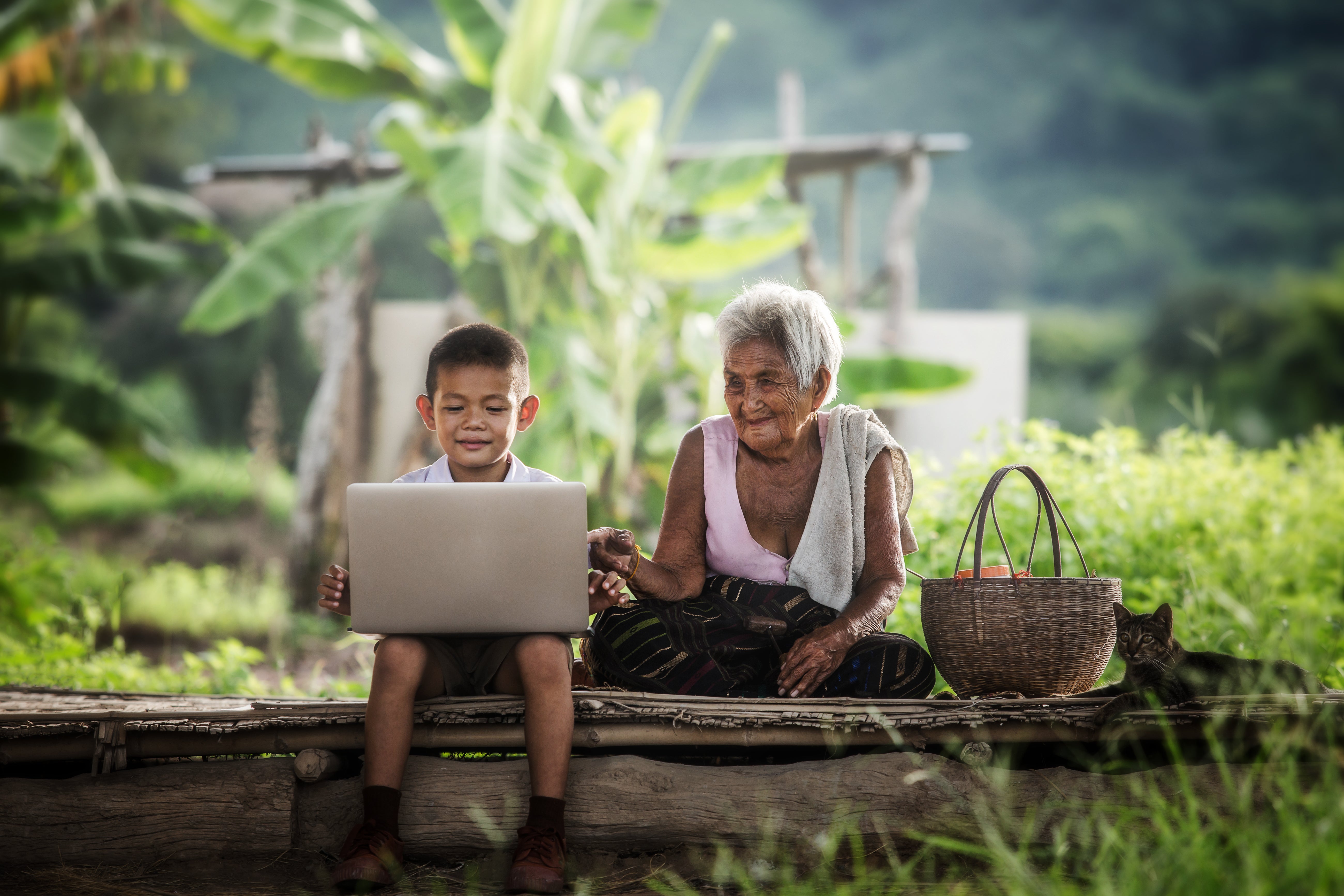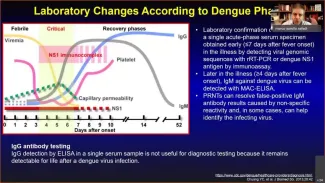The global trends and regional differences in incidence of dengue infection from 1990 to 2019: An analysis from the Global Burden of Disease Study 2019
Du, M et al. The Global Trends and Regional Differences in Incidence of Dengue Infection from 1990 to 2019: An Analysis from the Global Burden of Disease Study 2019. Infect Dis Ther. 2021

Du et al. analyzed global trends and regional differences in incidence of dengue infection between 1990 and 2019 using data from the 2019 Global Burden of Disease (GBD) Study2. Globally, dengue age-standardized incidence rate (ASR) increased by 1.70% annually between 1990 and 2011. It then decreased globally by 0.41% per year between 2011 to 2019, while increasing over this period in hyperendemic regions, including Oceania, East Asia and Southeast Asia, and in middle and high-middle sociodemographic index (SDI) regions. Over the three decades, global dengue incidence was highest in adolescents and young adults globally; although in low and low-middle SDI regions, incidence was greatest in those over 65. Indeed, there are increased proportions of dengue episodes among the elderly across most GBD regions. The authors also highlighted a relative growth in dengue ASR in Andean Latin America and Tropical Latin America over these three decades against a decreasing trend in other regions of the Americas between 2011 and 2019. Ultimately, targeted measures for regions with increasing ASR and older populations are needed, and endemic countries with limited resources should have rational means for determining which population groups to prioritize.
https://link.springer.com/article/10.1007/s40121-021-00470-2
VV-MEDMAT-56508
targeted measures for regions with increasing ASR and older populations are needed


 Malaysia
Malaysia
